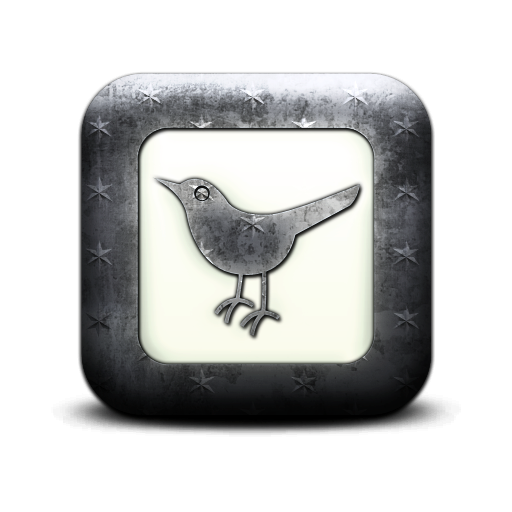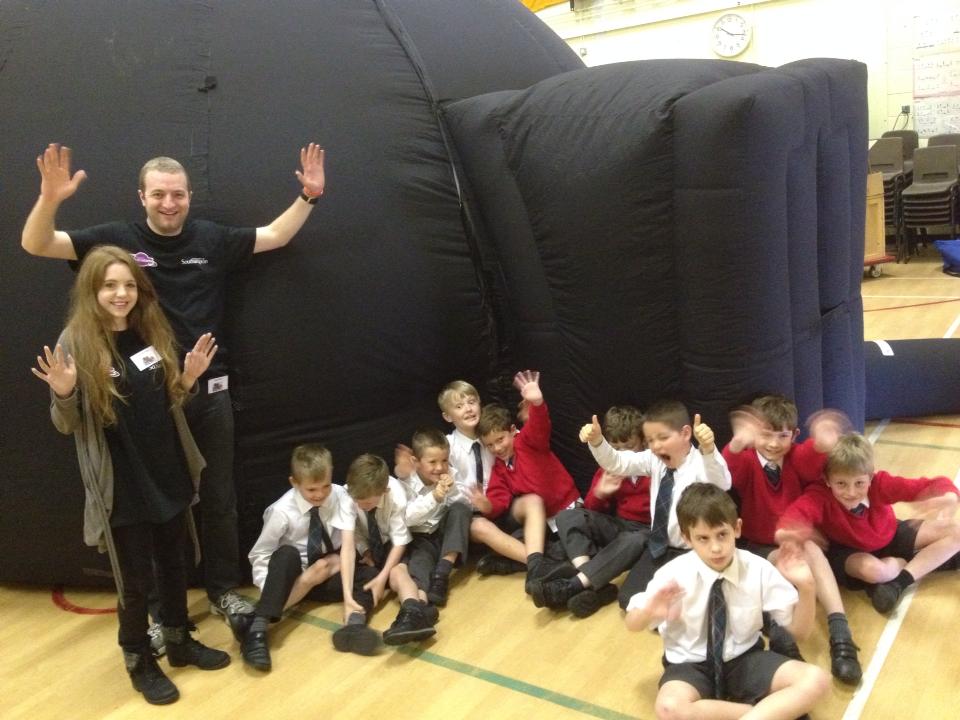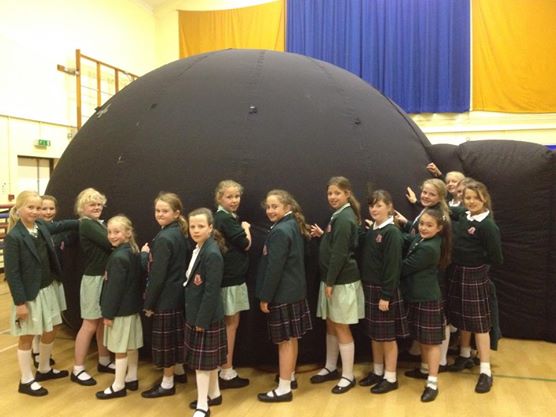In the run up to a school visit I tailor the interactive tour to the age group of the students who will see the show on the day. The school visit day starts before 7am with myself and another demonstrator loading the Van at the UoS Campus (There is always at least 2 of us).
Set up in the school takes about 30 minutes and the first show typically starts at the time of the first lesson. On entering the school hall and seeing the dome the students are already excited and often asking questions such as "what is it?", I am always surprised by the number of students who do not actually know what a planetarium is!
When the students have calmed down, myself and another team member explain the projection set-up in the dome, various health and safety aspects and we follow this with explaining about what an astronomer (like ourselves) do in their every day life and talk a little bit about our individual research or our undergraduate work.
A typical show is about 50 minutes long, we show the film "We are Astronomers" to Key stage 3 and above, it explains the electromagnetic spectrum incredibly well, and also shows exactly how astronomers use the spectrum to study all parts of the Universe. We follow the film with a 25-minute interactive tour of the sky as seen from the Northern Hemisphere. This includes discussion of the physics of the stars, which is a syllabus subject for KS3 and above. The students are expected to answer our questions during the talk, and then we will answer their questions outside the dome.
For primary level students we talk more about the planets and our solar system and for A-Level we tailor the talk to the syllabus and I discuss actual graphs and data from my PhD thesis in the context of "Keplers Third Law" and "Newtowns Law of Gravitation" and how we determine the mass of planets and black holes.
At the end of the show we get the students back outside the dome and allow them to ask us questions about physics and astronomy and being an astronomer. These question sessions can go on for more than 10 minutes, and often end with the teacher having to take our email address so that the students questions which they still have about physics and astronomy can be sent to us after we leave.
We typically do 5 shows in a school visit and because we can only get a maximum of 30 students in the dome at one time, this means we see about 150 students on each visit. Events where we do 30 minute interactive shows only (no film) or those which go on after school times mean that for some events we can see over 200 students in one day.






